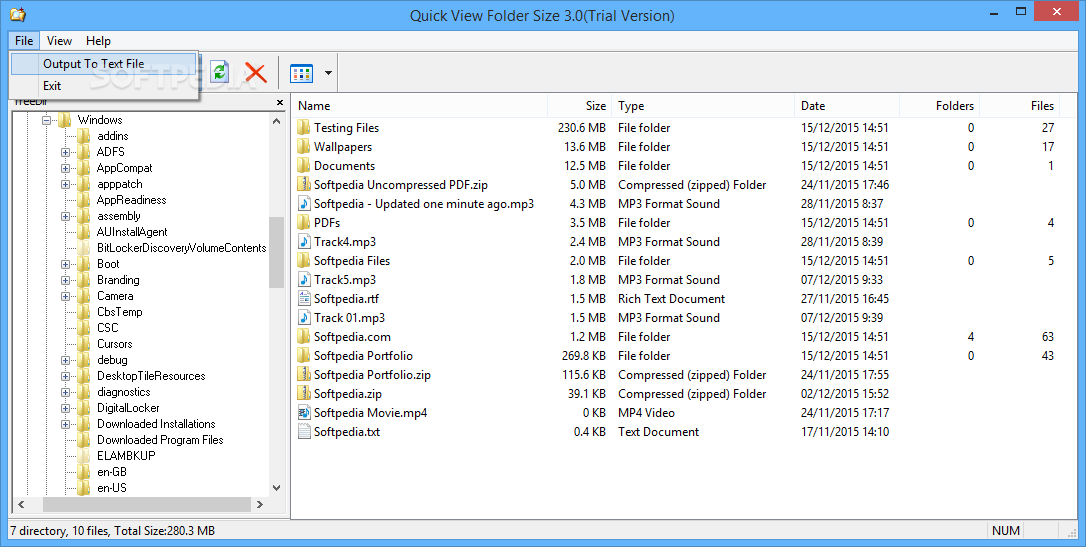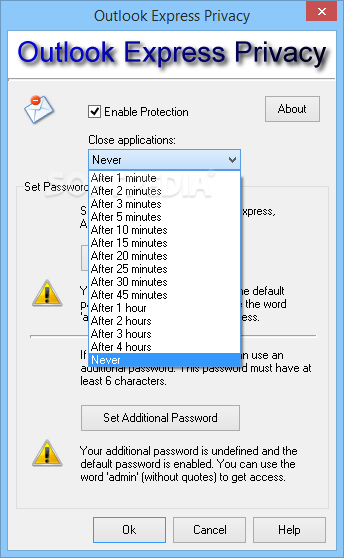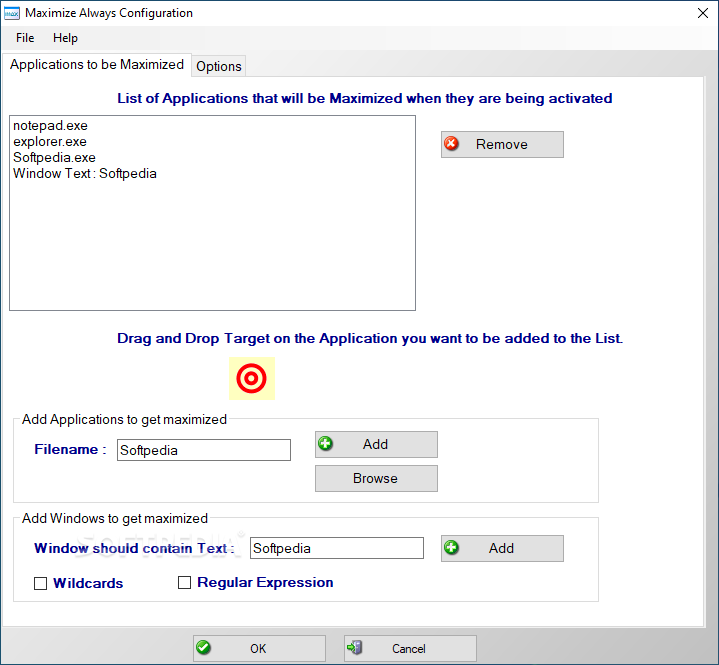

- #Windows 10 nag update kb how to
- #Windows 10 nag update kb install
- #Windows 10 nag update kb upgrade
- #Windows 10 nag update kb software
- #Windows 10 nag update kb code
Right-click on the update, and then click Uninstall to remove the update.

Step 4: Now, under Windows Updates, look for the update titled KB 3035583. You should now see all the installed updates. Step 3: Once Programs and Features window is launched, click View installed updates link located in the left-pane. Step 2: In the Run command box, type Appwiz.cpl, and then press Enter key to open Programs and Features window. The Run command can also be launched by typing Run in Start/taskbar search field and then pressing Enter key. Step 1: Open the Run command box by simultaneously pressing Windows logo and R keys. NOTE: This method applies to both Windows 7 as well as Windows 8.
#Windows 10 nag update kb upgrade
Get rid of Reserve Your Free Windows 10 Upgrade alert On a side note, those of you who are not interested in upgrading your existing Windows 7/8 installation to Windows 10 can test drive Windows 10 by installing it in dual boot with Windows 7/8 or by installing Windows 10 in a virtual machine.Īs you likely know by now, Windows 10 is a free upgrade to current Windows 7 and Windows 8/8.1 users who upgrade within the first year of Windows 10 RTM release. Click start, type regedit and open Registry Editor.If you’re not interested in upgrading your existing Windows 7 or Windows 8 installation to Windows 10, you can get rid of by following the below-mentioned instructions. You have to disable this through Registry Editor. If you want to block Windows updates completely until when you see fit, you first need to disable the Windows Update Medic Service, which triggers the main Windows Update service to switch itself back on automatically.

In the meantime, if you’re on Windows 10 Pro, Enterprise, Education or S, you can postpone updates by going to “Settings -> Update & Security -> Windows Update.” Here, select the option “Choose when updates are installed” and pick the number of days you’d like to delay it.
#Windows 10 nag update kb how to
This way you can hold off getting updates the moment Microsoft rolls them out, monitor the news for a bit to see if any major errors crop up, then manually do the update yourself.Īlso read: How to Hide Updates Using PowerShell in Windows 10 The first thing you can do to avoid getting the above update problems and more is to take over the control when your Windows 10 updates. Once the app fails to update or repair, you may then not be able to open it, and have to reinstall it. Not all apps are affected, though one notable one that has been is Kaspersky.
#Windows 10 nag update kb software
The “.msi” file format is a proprietary Windows installer package that helps install, maintain, reinstall and repair software on your PC.Īs of the above update however, MSI no longer works as it should, failing to repair and update apps. Microsoft Installer (MSI) is one of the more important tools in the Windows shed. Update: This error was fixed in update KB5007262. Incredible that a website found the fix before Microsoft did, but there you have it! November 2021 – KB5007215 Problems: Remote printer problems | MSI Installer not repairing or updating apps
#Windows 10 nag update kb install
Use the Windows Update tool to check for updates (Settings -> Windows Update -> Check for Updates), then download and install the update called KB5009596. Microsoft didn’t get round to releasing an official fix for this problem but the good folks at BleedingComputer found that installing a certain optional Windows update fixed it. The above update created some serious problems for some users, grinding their systems to a near-halt, making games work poorly and hammering their boot times. January 2022 – KB5009543 Problems: Slow boot | Unresponsive system | Game performance issues
#Windows 10 nag update kb code
The above-listed error code essentially means your update has failed, and there are several things you can do to troubleshoot this problem: Before moving onto the update problems relating to specific Windows updates, let’s cover one of the more common errors that might occur when you try to update Windows 10 or Windows 11 (yep, new OS showcasing the same old problems!).


 0 kommentar(er)
0 kommentar(er)
